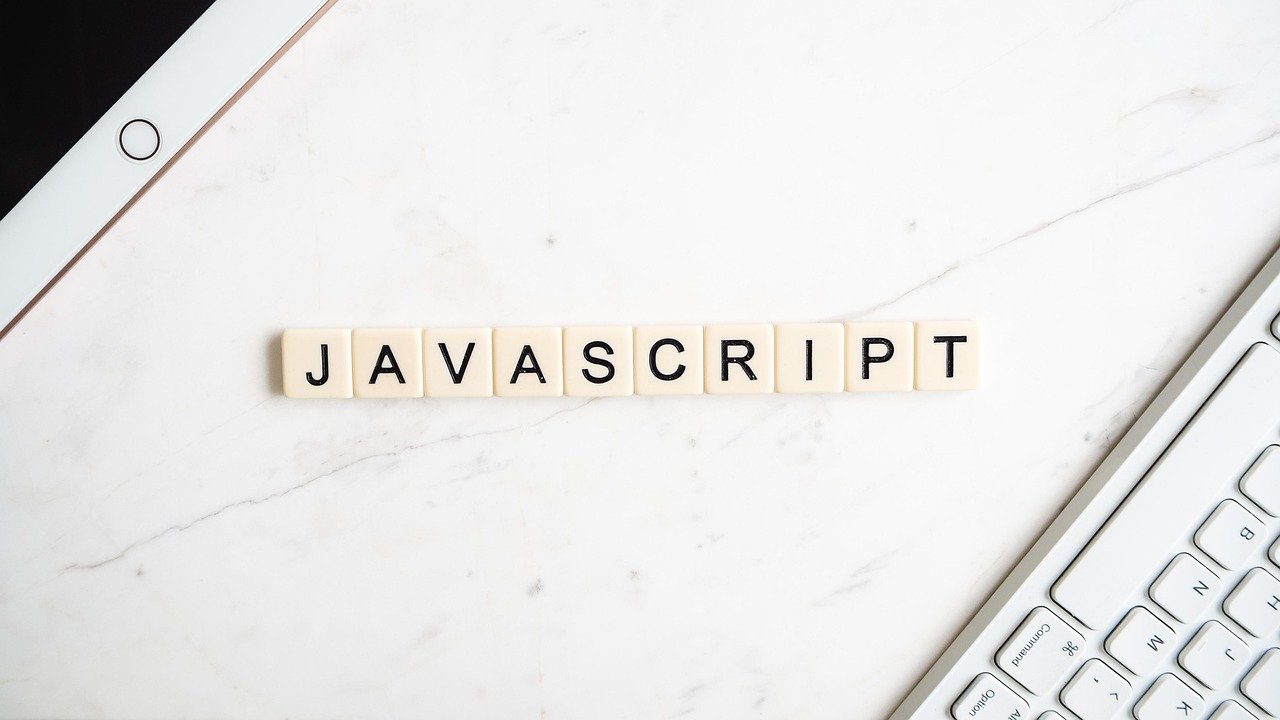The rise of artificial intelligence (AI) presents incredible opportunities, but it also raises crucial questions about user rights. As AI systems become more integrated into our daily lives, from healthcare to finance to entertainment, understanding our rights as users is paramount. This article delves into the emerging landscape of AI user rights, exploring the challenges, potential solutions, and practical considerations for navigating this evolving technological frontier.
Understanding AI User Rights: A New Frontier
What are AI User Rights?
AI user rights encompass the protections and entitlements afforded to individuals who interact with AI systems. These rights address concerns about:
- Transparency: Knowing how AI systems work and the data they use.
- Fairness: Ensuring AI systems don’t discriminate or perpetuate bias.
- Accountability: Holding developers and deployers responsible for AI’s actions.
- Privacy: Protecting personal data used by AI systems.
- Explainability: Understanding why an AI system made a particular decision.
- Redress: Having mechanisms to address harm caused by AI systems.
Why are AI User Rights Important?
The increasing reliance on AI necessitates a clear framework of user rights. Consider these potential scenarios:
- An AI-powered loan application denies you credit without explanation.
- A self-driving car malfunctions and causes an accident.
- An AI-driven healthcare system misdiagnoses your condition.
- Your data is collected and used by an AI system without your knowledge or consent.
Without defined user rights, individuals are vulnerable to unfair treatment, discrimination, and lack of recourse when things go wrong. A robust framework promotes trust, encourages responsible AI development, and empowers users to interact with AI with confidence.
The Challenges in Defining AI User Rights
Technical Complexity and Opacity
AI systems, particularly deep learning models, can be incredibly complex, making it difficult to understand how they arrive at decisions. This opacity poses a significant challenge to transparency and explainability, fundamental components of user rights.
- Example: Imagine trying to understand why a deep learning algorithm recommended a specific medical treatment. The algorithm might have millions of parameters and complex interactions, making it nearly impossible to trace the decision-making process.
Data Bias and Discrimination
AI systems are trained on data, and if that data reflects existing societal biases, the AI will likely perpetuate and even amplify those biases. This can lead to discriminatory outcomes in areas such as hiring, lending, and criminal justice.
- Example: An AI-powered recruitment tool trained on historical data reflecting gender imbalances in certain professions might unfairly disadvantage female applicants.
Lack of Legal Clarity and Enforcement Mechanisms
Currently, there is no comprehensive legal framework specifically addressing AI user rights. Existing laws may offer some protection, but they often fall short of addressing the unique challenges posed by AI. Moreover, enforcement mechanisms for AI-related violations are often lacking.
- Example: While GDPR (General Data Protection Regulation) addresses data privacy, it doesn’t fully cover the specific complexities of AI-driven data processing and decision-making.
Evolving Technology and Unforeseen Consequences
AI technology is rapidly evolving, making it difficult to anticipate all the potential consequences and associated user rights issues. New AI applications are constantly emerging, requiring continuous adaptation of legal and ethical frameworks.
- Example: The development of generative AI models raises new questions about copyright, ownership, and the potential for misuse, necessitating a reassessment of existing legal frameworks.
Key Principles for Protecting AI User Rights
Transparency and Explainability
Users should have the right to understand how AI systems work and why they make specific decisions. This includes access to information about:
- The data used to train the AI system.
- The algorithms and models employed.
- The decision-making process.
- The limitations and potential biases of the AI system.
- Actionable Takeaway: Demand clear and accessible explanations from AI developers and deployers. Look for “explainable AI” (XAI) technologies that aim to make AI decisions more transparent.
Fairness and Non-Discrimination
AI systems should be designed and deployed in a way that ensures fairness and avoids discrimination based on protected characteristics such as race, gender, religion, and disability.
- Actionable Takeaway: Advocate for the use of fairness-aware AI algorithms and data auditing to identify and mitigate bias. Support initiatives promoting diversity in AI development teams.
Data Privacy and Security
Users have the right to control their personal data used by AI systems, including the right to access, correct, and delete their data. Robust security measures should be implemented to protect data from unauthorized access and misuse.
- Actionable Takeaway: Familiarize yourself with data privacy laws like GDPR and CCPA. Use privacy-enhancing technologies (PETs) to protect your data when interacting with AI systems.
Accountability and Redress
Mechanisms should be in place to hold developers and deployers accountable for harm caused by AI systems. Users should have access to effective remedies, including compensation and redress, when their rights are violated.
- Actionable Takeaway: Support the development of clear legal frameworks that assign liability for AI-related harm. Advocate for independent oversight bodies to monitor and regulate AI systems.
Human Oversight and Control
AI systems should be subject to human oversight and control, particularly in high-stakes decision-making contexts. Humans should retain the ultimate authority to override AI decisions and ensure ethical considerations are taken into account.
- Actionable Takeaway: Advocate for the implementation of human-in-the-loop AI systems, where humans and AI collaborate to make decisions. Oppose the use of fully autonomous AI systems in critical areas without adequate safeguards.
Practical Steps for Protecting Your AI User Rights
Be Informed and Ask Questions
Stay informed about the AI systems you interact with and ask questions about how they work, what data they collect, and how they make decisions.
- Example: Before using an AI-powered chatbot, read the privacy policy and terms of service to understand how your data will be used.
Exercise Your Data Privacy Rights
Take advantage of your data privacy rights under laws like GDPR and CCPA to access, correct, and delete your personal data.
- Example: If you believe an AI system is using your data unfairly, file a complaint with the relevant data protection authority.
Advocate for Responsible AI Development
Support organizations and initiatives that promote responsible AI development and advocate for strong user rights protections.
- Example: Contact your elected officials and urge them to support legislation that regulates AI and protects user rights.
Use Privacy-Enhancing Technologies
Utilize privacy-enhancing technologies such as encryption, anonymization, and differential privacy to protect your data when interacting with AI systems.
- Example: Use a VPN to encrypt your internet traffic and protect your data from being intercepted by AI systems.
Be Aware of Potential Biases
Recognize that AI systems can be biased and be aware of the potential for unfair or discriminatory outcomes.
- Example: If you are denied a loan by an AI-powered system, ask for an explanation and challenge the decision if you believe it is based on biased data.
Conclusion
As AI continues to advance, protecting user rights is essential for ensuring its responsible and beneficial deployment. By understanding the challenges, adopting key principles, and taking practical steps, we can empower ourselves and advocate for a future where AI serves humanity fairly and equitably. The time to define and enforce AI user rights is now, before these technologies become even more deeply embedded in our lives. We must work collectively to create a framework that fosters innovation while safeguarding fundamental human rights in the age of artificial intelligence.




